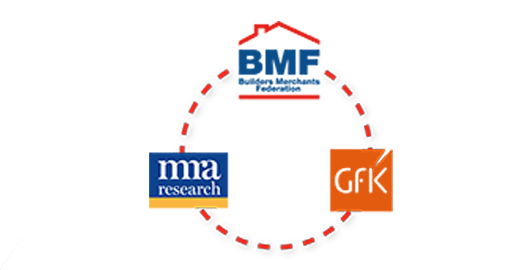Ibstock comment: Q1 2017
Tony France, Sales Director Ibstock, is BMBI’s Expert for Bricks.
Demand for bricks has intensified significantly with GB manufactured product Q1 sales volumes 20% ahead of Q1 2016. This continues a trend which started in August 2016 following a subdued July after the Brexit vote. In the eight months to the end of March 2017, compared with the corresponding period 12 months ago, GB manufactured brick sales volumes are up by 20%.
There appears to be no imminent reduction in demand, indeed, industry brick sales volume in March was the highest in nine years.
This demand has been fuelled by a combination of two key sectors growing simultaneously. Firstly, developers have built more houses than would normally be expected due to a particularly dry, mild winter. At the same time, Builders’ Merchants, who generally de-stocked bricks in 2016, are now returning to usual depot purchasing levels as RMI sales remain relatively strong.
In response to growth in demand, brick manufacturers are increasing production, but there are signs that products from certain factories are subject to extending availability periods. In contrast, there are significant stocks, especially of wirecut products, at many factories, and potential additional capacity available if required.
So it’s becoming increasingly important that merchants, distributors and developers work together to ensure that order quantities and call-off schedules are as accurate as possible. This helps brick producers give more consistent lead times and be better able to fulfil customer requirements.
It’s also vital that customers don’t start panic-buying and stock-piling, as happened in 2013/14, as this exacerbates the problem. My advice to builders’ merchants is to consider your depot stock requirements and place accurate schedules and call-offs for your key products for the rest of 2017.
While we expected brick sales to increase in 2017, nobody predicted growth would be so high. It seems unlikely the current trend will continue at the same pace for the rest of the year. With improving production levels, more accurate scheduling and close co-operation and communication between all stakeholders, the balance of supply and demand should stabilise.



